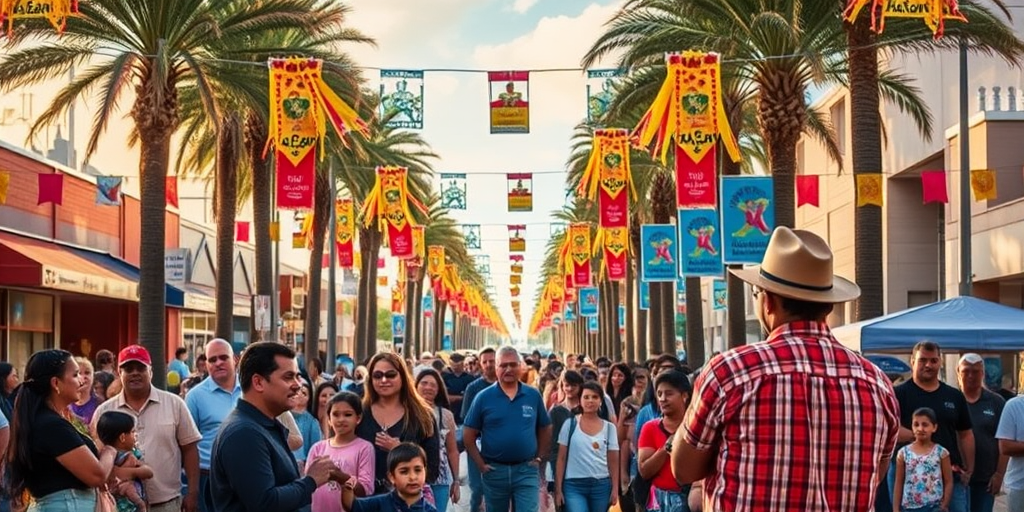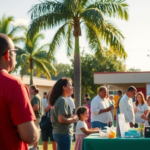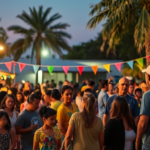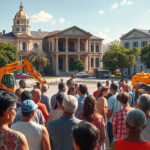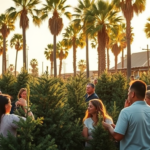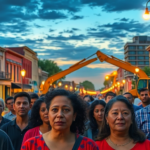**Brownsville Animal Shelter’s Initiative: Low-Cost Spay and Neutering Event Tackles Stray Population**
In a proactive effort to address the growing issue of stray animals in the Rio Grande Valley, the Brownsville Animal Regulation and Care Center (BARCC), in partnership with PAWS Chicago, recently hosted a three-day low-cost spay and neutering event. This initiative, held in Brownsville, signifies a critical step in controlling the local stray animal population while offering valuable services to pet owners at an affordable price.
**Commitment to Community Welfare**
The spay and neutering event, which treated a total of 140 pets, underscores the commitment of local and external organizations to improving the quality of life for both animals and residents in the Valley. Alycia Eisenstein, Chief Medical Officer at PAWS Chicago, highlighted the importance of such initiatives, stating, “For the size of Chicago relative to Brownsville, I think the ratio is huge compared to how much the need is in Brownsville.” This collaboration stemmed from a recognition of the pressing need for such services in the community, aiming to significantly reduce the strain on local shelters.
**Health Benefits and Prevention**
The importance of spay and neutering goes beyond just population control. According to Eisenstein, these procedures have notable health benefits for pets. “Females that are intact have a higher chance of mammary, uterine cancers, and infections,” she explained. “For male dogs, they can get testicular cancer and prostate cancer.” These medical advantages further emphasize the necessity of providing accessible veterinary services to Valley residents.
**Broader Impacts on the Rio Grande Valley**
Events like this have a ripple effect on the community. By reducing the number of stray animals, there is a decrease in potential public health issues and a reduction in the resources required for animal control. This not only benefits pet owners but also conserves municipal resources. Carlos Gonzalez, a city official, highlighted the positive community impact: “When we manage the stray animal population effectively, we see fewer animals in shelters and fewer incidents requiring animal control intervention, leading to a healthier environment for everyone.”
**Continued Efforts and Future Plans**
Despite the success of this event, the challenge of managing the stray animal population continues. BARCC recognizes the importance of ongoing efforts and is committed to finding additional partnerships to sustain the momentum. PAWS Chicago has expressed interest in continuing its collaboration with BARCC, paving the way for more such initiatives in the future. This ongoing partnership will play a vital role in maintaining the low-cost services that are crucial for pet owners who may otherwise find them financially inaccessible.
**A Call to Action for Valley Residents**
For South Texas residents, particularly those in the RGV, participating in or supporting these programs is a tangible way to contribute to community welfare. Eisenstein encourages all pet lovers to get involved. “We hope to see more community members take advantage of these opportunities, not just for the health benefits to their pets, but for the overall betterment of the community,” she stated.
Local government is also stepping in to ensure the continuity of these events. Discussions are underway to explore potential funding and logistic support, with the aim of expanding these services across the Valley. This lays the groundwork for sustainable community-focused solutions addressing animal welfare.
**Connecting with Valley Residents**
In connecting with previous initiatives, this effort aligns with the broader goals of community wellness and resilience. Much like other community events such as Operation Christmas RGV’s back-to-school initiative or state aid for farmers, this spay and neutering campaign reflects the ethos of communal support that characterizes the Valley. It is a testament to collaborative efforts that prioritize local impact and demonstrate why the RGV is a region that values compassion and proactivity.
**Conclusion and Resources**
For those interested in learning more about future spay and neutering events, BARCC provides resources and contact information through their official website and local community bulletin boards. Valley residents are encouraged to stay informed and engaged, ensuring that collective efforts towards a healthier and safer community for both humans and animals continue to thrive.
As this initiative highlights, the combination of strategic partnerships and community involvement forms the backbone of effective local action. By addressing the issue of stray animals through accessible services, Brownsville sets a precedent, inspiring similar approaches across South Texas and beyond, reinforcing the Valley’s reputation as a community that cares for all its members, two-legged and four-legged alike.

